If you’re an avid sports fan, then you know that injuries are just a part of the game. Whether it’s a twisted ankle or swollen elbow, most athletes will do whatever it takes to get back in the game as soon as possible. While there are many over-the-counter medications available to help with swelling and pain, some home remedies may also be effective. Keep reading to learn more about how to reduce elbow swelling using common household items.
Elbow Swelling: What is Causing It?
Elbow swelling, also called elbow bursitis, is a condition that causes the elbow to become inflamed and painful. The elbow is a joint that allows the forearm to move in many different directions. It is held together by muscles, ligaments, and tendons. The elbow also has a small sac of fluid, called a bursa, that helps to cushion the joint. When this sac becomes inflamed, it can cause elbow swelling.
Elbow swelling is often caused by overuse injuries or inflammatory conditions such as arthritis. It can also be caused by an infection or an injury to the elbow. Elbow bursitis is usually treated with rest, ice, an elbow brace, and anti-inflammatory drugs. In some cases, surgery may be necessary to remove the inflamed bursa.
Together, bone, muscles, tendons, and ligaments make up the elbow joint. Muscles and bones are joined together by ligaments and tendons, respectively. The bursa, which cushions the joint, is also a part of the joint space. Your swelling could be brought on by any one of them. Your doctor will be able to pinpoint the reason of the swelling with the help of the location, timing, and conditions involved.
Causes
1. Olecranon bursitis: Located inside the elbow joint, the olecranon bursa is a fluid-filled sac. Several factors, such as the following, can produce swelling:
irritation or inflammation brought on by constant pressure, rubbing, or trauma.
infection and/or side effects of long-term illnesses such gout, diabetes, rheumatoid arthritis, or chronic kidney disease.
Avoiding activities, using a brace, and taking anti-inflammatory pain drugs are common forms of treatment.
2. The elbow fractures: A fracture is a broken bone. Depending on the damage, treatment typically includes immobilization using a sling, brace, ace wrap, cast, or splint.
3. Elbow dislocation: This might result from an accident or a sports injury. Swelling may occur nearly immediately if your elbow is halted violently.
4. Elbow sprain/strain: An elbow strain is a condition that develops when the muscles or tendons are overextended. These can take a few days to recuperate, but they can also take up to a few weeks, depending on the severity of the damage. Once you have sustained either of these injuries, your risk of recurrence is also enhanced.
5. Overuse injuries: Repetitive pressure or elbow movement might result in overuse problems. Activities performed on a daily basis or at work, as well as repetitive motions made while playing sports, might cause this. Avoiding the activity that produces the inflammation and taking painkillers that reduce inflammation, such as ibuprofen (Advil) and naproxen, are the usual treatments for overuse injuries (Aleve).
6. Arthritis: An inflammation of the joints known as arthritis causes pain and swelling. Using the elbow becomes more challenging when edema and joint inflammation worsen. Osteoarthritis, rheumatoid arthritis, psoriatic arthritis, and gout are among the different types of arthritis.
7. Infections: Infections can affect the tendons, joints, tissue, or skin. Infection types include:
- An elbow that is immobile due to a septic joint infection, which causes discomfort, edema, and redness in the affected joint.
- Skin infection called cellulitis causes discomfort, swelling, and redness.
- Infection from bite wounds is typically caused by dogs, cats, or people.
- Reactive arthritis resulting from an infection in another area of the body or infected olecranon bursitis.
8. Lump and bumps: Instead of the elbow swelling completely, you might detect a smaller mass. Insect bites, lipomas, and benign cysts like ganglion cysts (cysts packed with fluid) are a few of these less frequent causes (fatty lump). Less frequently, cancer may be the source of lumps. These include sarcoma and basal cell carcinoma, two types of skin cancer (bone or tissue cancer).
Other potential reasons
Although these are either uncommon or the swollen elbow is not typically the defining sign, certain illnesses can also result in swollen elbows. Deep vein thrombosis (DVT), lymphedema, allergic response, contact dermatitis, and scleroderma are a few of them. Consult a doctor to identify the root cause and receive the treatment you require.
Home Remedies to Reduce Elbow Swelling
If you are suffering from elbow swelling, there are a few home remedies that you can try to help reduce pain and swelling.
Ginger: drink ginger tea or take ginger supplements to reduce inflammation. Ginger has long been used as a natural remedy for inflammation and pain relief. You can drink ginger tea or take ginger supplements to help reduce elbow pain.
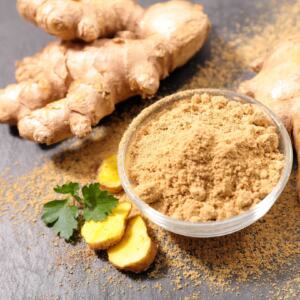
Turmeric: add turmeric to your food or drink it as tea to help with inflammation. Turmeric is another spice that has anti-inflammatory properties.
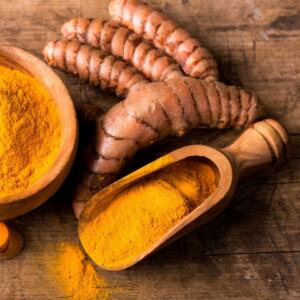
Compression sleeves: can help to reduce inflammation and pain. This can also help to reduce inflammation and pain. They work by applying pressure to the affected area, which helps to reduce swelling.
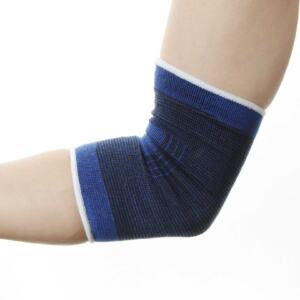
Essential oils: frankincense and peppermint essential oils can be applied topically to help reduce inflammation. These other popular natural remedies are for pain relief.

Ice compress: is another effective home remedy for elbow pain. It helps to reduce swelling and numb the area so that you can find relief from the pain.
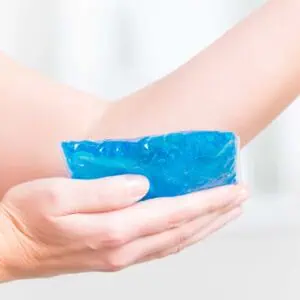
Eat anti-inflammatory foods: consuming anti-inflammatory foods can help to reduce inflammation and pain in the elbow. You can eat anti-inflammatory foods such as fatty fish, avocados, nuts, seeds, and olive oil. Consuming these foods can help to reduce inflammation and pain in the elbow.
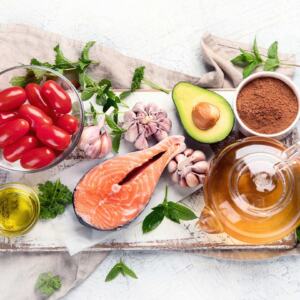
Finally, taking rest is also important in alleviating elbow pain. If you suffer from elbow swelling, resting for a week or two can help to reduce your pain significantly.
Doctor’s Advice for Elbow Swelling
If you suffer any of the following signs, get medical attention right away:
- Excessive warmth, redness, or swelling in the afflicted area.
- A sharp or piercing pain
- A joint’s inability to move
- A rash or bruises in the affected area
- Fever
- A continuous ache that lasts for more than two weeks
- Excessive discomfort and swelling that prevents the affected joint from moving
The home remedies in this article can provide relief from swelling in any part of your body. If you are experiencing swollen hands, feet, or legs, try some of the methods listed here to see if they help. Remember that these treatments should only be used as a temporary measure until you can see a doctor.
If you have tried all of these remedies and still have swelling in your elbow, please consult an orthopeadic doctor for further evaluation and treatment. We hope this information proves helpful to you and your loved ones.
Please share this article with your friends and family so they can also benefit from these tips.

